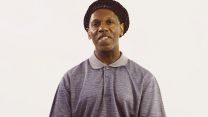Solving America’s incarceration problem will require more than releasing nonviolent drug offenders.
TakePart took an in-depth look at efforts being made to address the issue of violent offenders and how they factor into criminal justice reform, rehabilitation programs, and the challenge of forgiveness.









